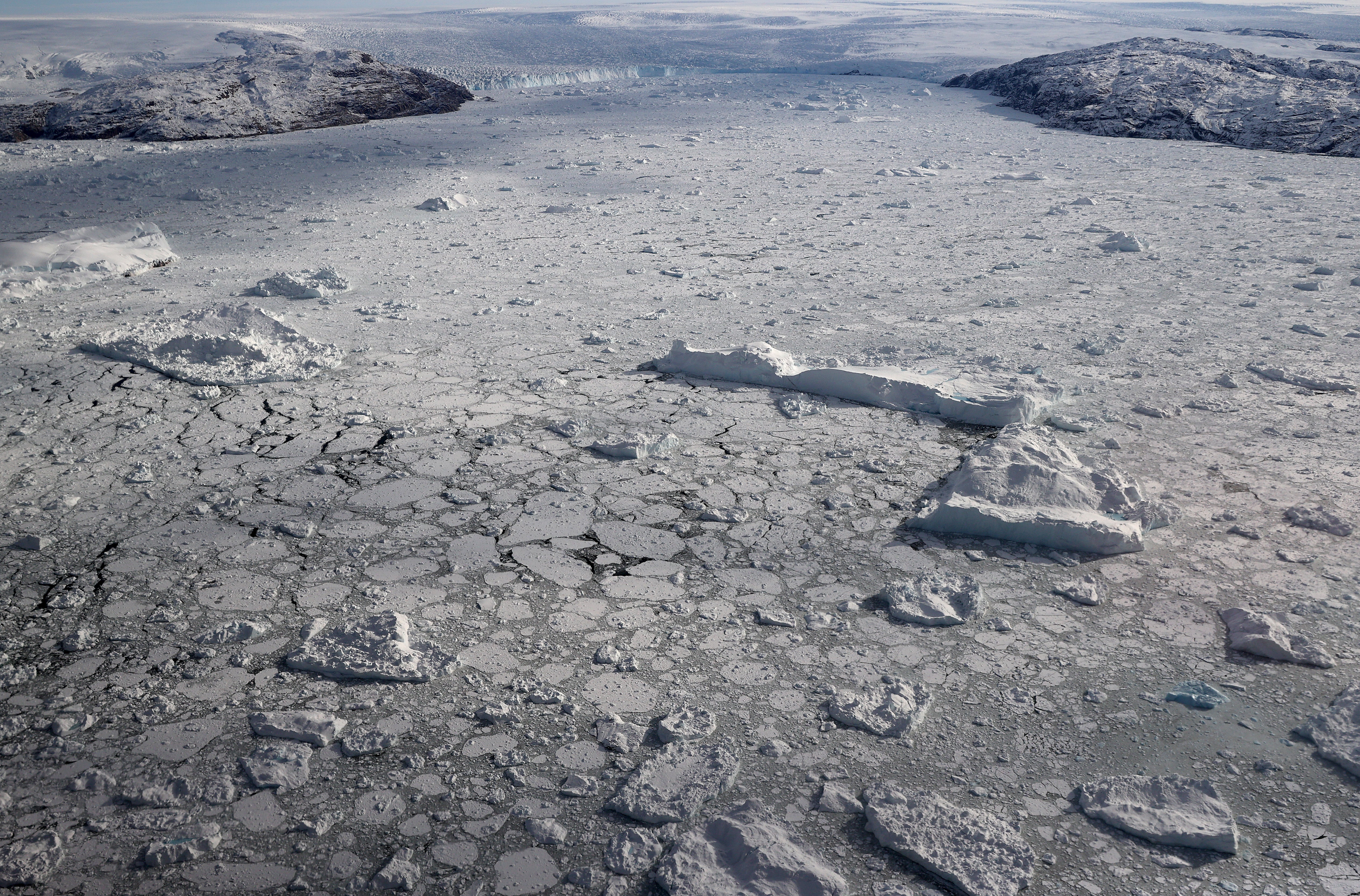How climate crisis is making days longer
Climate crisis now a more significant factor than moon in affecting duration of days, latest research suggests
Your support helps us to tell the story
From reproductive rights to climate change to Big Tech, The Independent is on the ground when the story is developing. Whether it's investigating the financials of Elon Musk's pro-Trump PAC or producing our latest documentary, 'The A Word', which shines a light on the American women fighting for reproductive rights, we know how important it is to parse out the facts from the messaging.
At such a critical moment in US history, we need reporters on the ground. Your donation allows us to keep sending journalists to speak to both sides of the story.
The Independent is trusted by Americans across the entire political spectrum. And unlike many other quality news outlets, we choose not to lock Americans out of our reporting and analysis with paywalls. We believe quality journalism should be available to everyone, paid for by those who can afford it.
Your support makes all the difference.The climate crisis isn’t just warming our planet, it's also slowing down our days and altering the Earth’s axis of rotation, a new study has found.
Water from melting ice in Greenland and Antarctica is flowing into oceans and shifting the planet’s mass to the extent it is affecting how it spins, according to researchers from ETH Zürich who have detailed their findings in two studies, backed by Nasa and published in Nature Geoscience and Proceedings of the National Academy of Sciences.
The studies, using advanced AI methods, explain for the first time how the climate crisis is affecting the Earth’s polar motion and the length of our days.
Professor Benedikt Soja of ETH Zurich's department of civil, environmental, and geomatic engineering likened this effect to a figure skater who slows down when extending her arms during a spin. “It’s like when a figure skater does a pirouette, first holding her arms close to her body and then stretching them out,” Dr Soja said.
The initial fast rotation slows down because the mass moves away from the axis, increasing inertia.
This is explained by the law of conservation of angular momentum which also applies to Earth’s rotation. Simply put, as the Earth slows down, the days get longer.
As ice melts and the water flows into oceans at lower latitudes, the Earth’s rotation decelerates, adding milliseconds to each day.

The study published in the Proceedings of the National Academy of Sciences notes that the impact of the climate crisis is now a more significant factor than the moon in lengthening our days.
Tidal friction caused by the moon has gradually increased the length of the day, but the current rate of greenhouse gas emissions suggests that human activity might soon overshadow this ancient influence.
"We humans have a greater impact on our planet than we realise," Dr Soja said, underscoring the need for responsible environmental stewardship.
Melting ice is not just affecting the rotational speed but also shifting the Earth’s axis of rotation, a phenomenon known as polar motion.
The redistribution of mass on the Earth’s surface and within its interior, including movements in the viscous mantle and liquid outer core, contributes to this gradual shift.
The researchers have predicted a movement of about 10 metres per hundred years, a subtle yet significant change.
“For the first time, we present a complete explanation for the causes of long-period polar motion,” said Mostafa Kiani Shahvandi, one of Dr Soja’s doctoral students and lead author of the study.
“In other words, we now know why and how the Earth’s axis of rotation moves relative to the Earth’s crust.”
To get these insights, the researchers employed what is known as physics-informed neural networks. These advanced AI methods apply the laws of physics to create powerful and reliable machine learning algorithms.
The algorithms developed by the ETH Zürich researchers have made it possible to record all the different effects of the climate crisis on the Earth’s surface, its mantle and its core as well as to model their possible interactions.
The calculations show how the Earth’s rotational poles have moved since 1900. These findings are in line with the real data provided by astronomical observations in the past and by satellites over the last 30 years, which means they also enable forecasts for the future.
Understanding the rotational changes of the Earth is also crucial for space navigation. Even slight deviations can lead to significant errors over vast distances, making precise landings on other planets challenging.
“Even if the Earth’s rotation is changing only slowly, this effect has to be taken into account when navigating in space. For example, when sending a space probe to land on another planet,” Dr Soja said.
A deviation of just one centimetre on the Earth can grow to hundreds of metres when a space probe lands on another planet, he explained. “Otherwise, it won’t be possible to land in a specific crater on Mars.”
A key insight from these findings is that what goes on the Earth and inside it are connected and affect each other.
As the climate crisis shifts the Earth’s axis of rotation, the scientists said, it could affect the natural processes deep inside its core.

Join our commenting forum
Join thought-provoking conversations, follow other Independent readers and see their replies
Comments